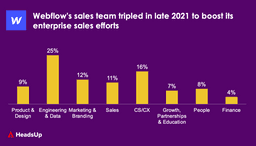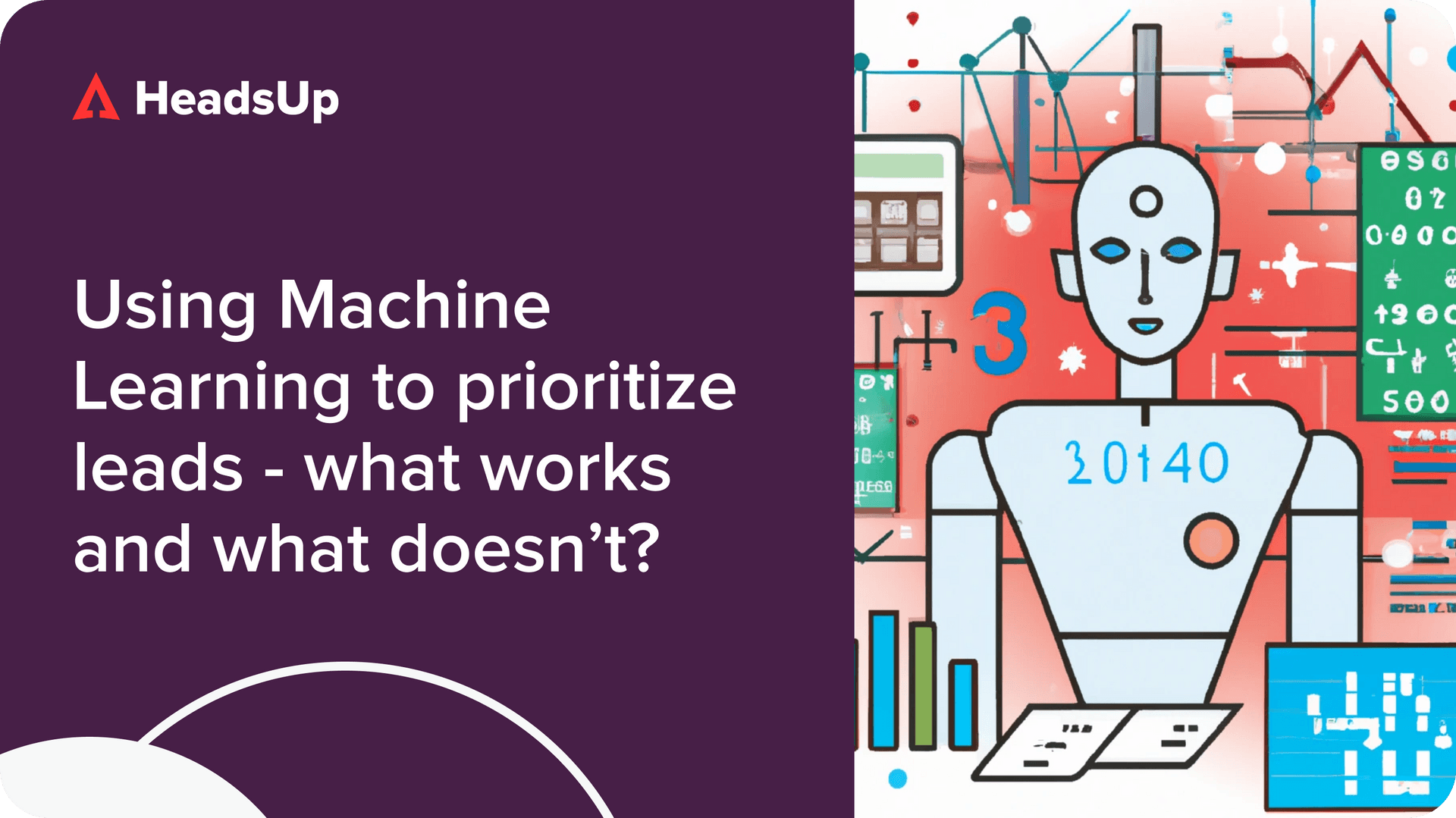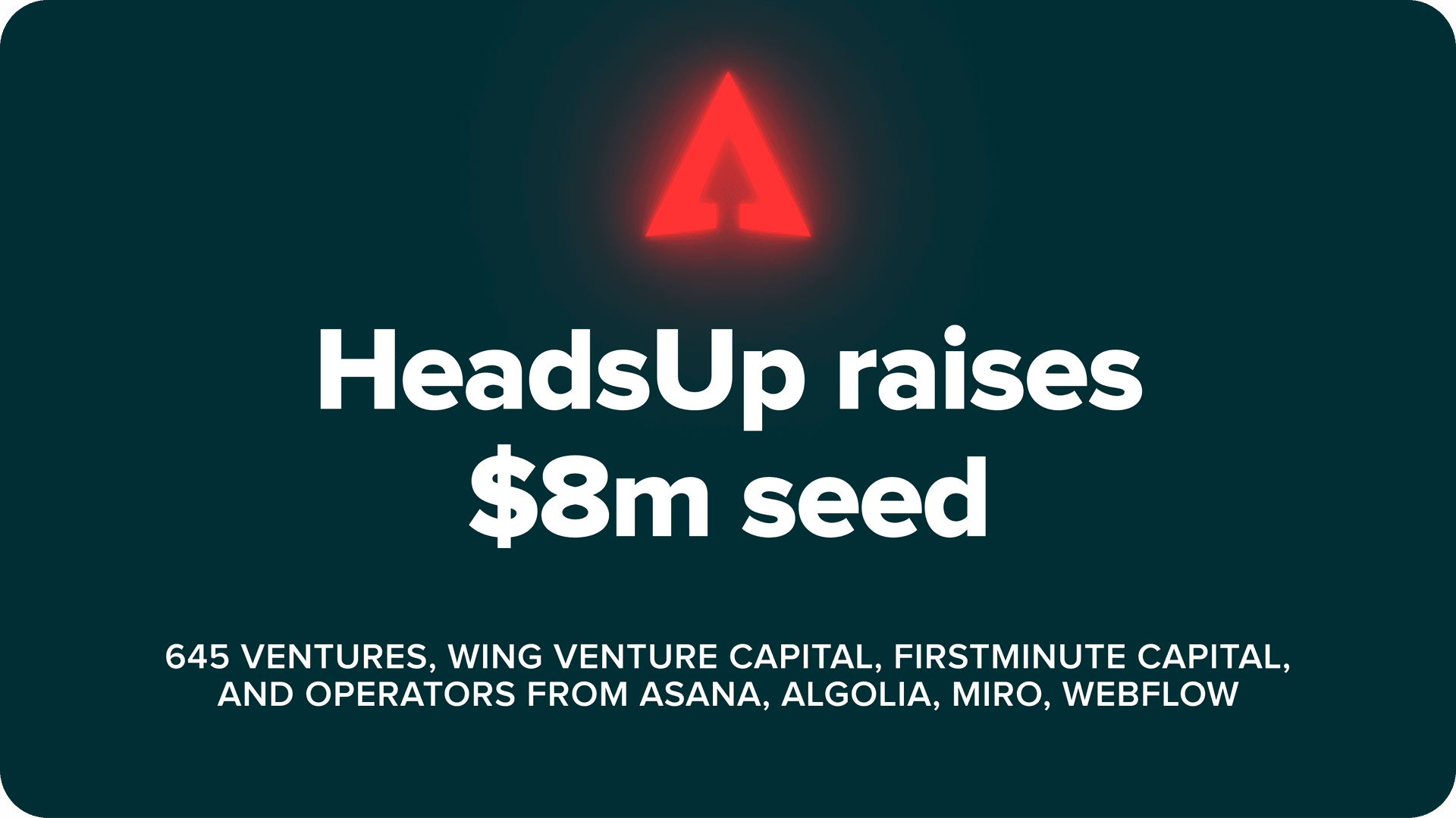Did you know it took co-founder and CEO Vlad Magdalin four attempts to get Webflow off the ground? Even though he had purchased the domain name in college, Vlad and his co-founders encountered a trademark dispute in 2007 that left the team with little money and even less motivation.
Then, in late 2011, Vlad unexpectedly received a trademark certificate for Webflow in the mail. He took this development as a sign to give it another go. By early 2013, he teamed up with his brother Sergie and third co-founder Bryant Chou to launch the fourth and final iteration of Webflow.
In this post, we’ll cover:
- How Webflow’s latest features are advancing its no-code mission
- Important takeaways when growing an enterprise sales team
- Why Director of Sales Maggie Hott believes in “giving away your Legos”
- Webflow’s org chart and why it’s structured the way it is
Advancing its no-code mission: Webflow’s latest features
At its second No Code Conf in November 2021, Webflow announced a slate of new product expansions, including Memberships and Logic. Memberships, currently in open beta, offers an array of paid membership functionalities, while Logic, set to release this year, will enable custom workflows based on user-specified conditions.
True to its no-code mission, Webflow allows users to build professional websites “from the ground up” – all within its visual canvas and without writing a single line of code. This sets Webflow apart from competitors like Wix and Squarespace, which rely more heavily on pre-loaded templates.
Webflow’s rocketship growth
Today, Webflow boasts over 3.5 million users, who have built more than a million websites on the platform since the company’s first No Code Conf in 2019. Included in this user base are 150 thousand paying customers, split between B2B service providers and end businesses.
In fact, Vlad used to be one of those service providers. While working full-time at Intuit, he and his brother Sergie worked as freelance website builders on the side, designing and deploying websites for a small book of customers.
Now, that side hustle has turned into a full-fledged business. After raising an additional $140 million in its Series B last January, Webflow is valued at over $2 billion.
Growing an enterprise sales team: Do more than just sell
After years of product-led growth, Webflow is now building out its sales team to layer on a more traditional sales motion. As part of this effort, the company recruited Maggie Hott in April 2021 to serve as its newest Director of Sales.
When Maggie first joined Webflow, she had just wrapped up six years at Slack. While there, she saw the messaging company grow its ARR from $12 million to over $1 billion.
To replicate this growth at Webflow, Maggie recently tripled her team in the final quarter of 2021. This brings her team to around 30 employees.
Among other things, Maggie’s team is tasked with growing and servicing Webflow’s base of enterprise customers, which now includes Ramp, Lattice, Zendesk, and Dell.
Identifying strong candidates for an early-stage sales team
In the early stages of a company, Maggie emphasizes that not all sales roles should be limited to selling. Instead, team members should be taking on side projects.
For instance, two members of her team have been helping with recruiting and onboarding new hires.
Because sales roles can involve many moving parts, Maggie prioritizes candidates with strong collaboration and communication skills. Work cross-functionally is especially important.
I look for people who can make friends with just about anyone in the company, people who love working on different projects and initiatives.
Maggie Hott, Director of Sales, Webflow
Meanwhile, to gauge a candidate’s core selling skills, Maggie looks closely at their career trajectory.
“The most impressive candidates are often promoted and grow within an organization,” Maggie observes. “It takes a full year to get good at selling a product and building a pipeline, so it’s a red flag if they’re leaving before a year.”
Want to grow? Give away your Legos
As Maggie’s team continues to grow, she often recalls Molly Graham’s famous article “Give away your legos and other commandments for scaling startups.”
Throughout her tenure at Slack, starting as an SDR, Maggie herself had taken on a number of side projects. And she admits it was a “tough pill to swallow” when she had to start giving them away.
For instance, Maggie had built Slack’s SMB organization, compete programs, and outbound motions. Today, each of these initiatives has its own function. For her, it was like giving away her babies and then watching them grow up.
If you personally want to grow as fast as your company, you have to give away your job every couple months.
Molly Graham
But as companies scale, Maggie says the side project model becomes less and less sustainable. At a certain point, side projects require more dedicated resources, and people need to specialize.
“As you get bigger and go up-market, it’ll turn into a true sales-focused organization,” Maggie explains. “At about 50 to 100 reps, not everyone should have side projects. At this size and scale, it’s about implementing process and structure.”
Balancing the customer experience
Ultimately, however, Maggie points out that “giving away your Legos” shouldn’t come at the cost of the customer experience. In fact, she emphasizes a careful balance in how quickly account executives should be releasing a customer to CS.
“If I’m an AE and sell a deal, a lot of companies would kick it over the fence to CS. That’s not a good strategy.” Maggie insists. “It’s a disconnect for the customer, and it incentivizes bad behavior.”
At Webflow, an account executive never fully steps off of a customer account. Instead, they stick around to ensure continuity across the customer experience, for deployment, launch, QBRs, upsells, and expansions.
The customer shouldn’t be passed around to all these different people. We want to keep everyone aligned and the customer experience successful.
Maggie Hott, Director of Sales, Webflow
Webflow’s org structure
*Note: Graphic excludes Co-Founders (<1%), QA/QC (2%) Legal (2%), IT (<1%), Other (<1%), Admin (2%)
Our takeaways
- Renewed focus on Sales: Webflow’s Sales team has tripled in the same time that Webflow’s overall headcount has doubled, signaling the organization’s growing focus on enterprise sales.
- Cross-functional Growth team: Webflow’s Growth team includes dedicated product designers, software engineers, and marketers.
- Expert Partnerships: Five employees oversee Webflow’s Expert Partners, which break into two categories (below).
- 1. Professional Partners, who service small and mid-market businesses; and
- 2. Enterprise Partners, who cater to larger enterprise end-customers.
Deep dive: Webflow’s full org chart
- Webflow Overall (340 total) – Led by Co-Founders (3)
- Product (17 total) – Led by VP of Product (1)
- Group Product Manager (1)
- Lead Product Managers (4)
- Product Managers (9)
- Product Operations Manager (1)
- Product Expert (1)
- Product Design (13 total) – Led by Head of Product Design (1)
- Product Design Managers (2)
- Product Designers (7)
- User Researcher (1)
- Template Designers (2)
- Engineering (78 total) – Led by VP of Engineering (1)
- Head of Systems and Infrastructure (1)
- Head of Developer Platform & Ecosystem (1)
- Engineering Managers (10)
- Software Engineers (57)
- Site Reliability Engineers (5)
- Data Engineers (3)
- Data (6 total)
- Data Scientists (3)
- Data Analysts (3)
- Marketing (33 total)
- Director of Content (1)
- Managing Editor (1)
- Creative Producers (2)
- Video Producers (3)
- Content Marketing Managers (2)
- Content Writer (1)
- Copywriter (1)
- Director of Corporate & Customer Marketing (1)
- Demand Generation Manager (1)
- Integrated Marketing Managers (2)
- Lifecycle Marketers (3)
- Community Marketing & Experience Managers (2)
- Affiliate Marketing Manager (1)
- Director, Head of Product Marketing (1)
- Product Marketing Lead, Enterprise (1)
- Associate Product Marketer, Enterprise (1)
- Product Marketing Lead (1)
- Product Marketing Managers (2)
- Head of Internal Communications (1)
- Social Media Coordinator (1)
- Events Managers (2)
- Other Marketing (2)
- Director of Content (1)
- Branding (9 total)
- Director of Brand Design (1)
- Brand Studio Manager (1)
- Brand Designers (7)
- Sales/Revenue (37 total) – Led by VP of Sales and Customer Success (1)
- Director of Sales (1)
- Senior Account Executives (2)
- Account Executives (13)
- SDR Manager (1)
- SDRs (4)
- BDRs (3)
- Sales Managers (2)
- Solutions Engineers (6)
- Director of Revenue Operations (1)
- Revenue Operations Manager (1)
- Sales Enablement Manager (1)
- Sales Operations Manager (1)
- Director of Sales (1)
- CS/CX (56 total) – Led by Global Head of Customer Support & Success (1)
- Customer Success Managers (4)
- Customer Success Specialists (4)
- Customer Support Managers (7)
- Customer Support Specialists (10)
- Customer Support Trainers (2)
- Technical Support Manager (1)
- Technical Support Specialists (25)
- Other (2)
- Customer Success Managers (4)
- Growth (13 total) – Led by Head of Product Growth & Lifecycle (1)
- Director of Growth Marketing (1)
- Marketing Managers, Growth (2)
- SEO Lead, Organic Growth (1)
- Product Designers, Growth (3)
- Engineering Manager, Growth (1)
- Software Engineers, Growth (4)
- Partnerships (5 total) – Led by Director of Global Partnerships (1)
- Enterprise Partnerships Managers (2)
- Strategic Partnerships Manager (1)
- Partner Program Manager (1)
- Education (5 total) – Led by VP of Education (1)
- Education Designers (2)
- Education Technical Writer (1)
- Community Education Manager (1)
- People (26 total) – VP of People (Interim) (1)
- VP of Talent (1)
- Head of Talent Acquisition (Interim) (1)
- Recruiting Coordinators (4)
- Technical Recruiters (3)
- Business Recruiters (3)
- Head of Team Engagement (1)
- Team Engagement Specialist (1)
- Head of Total Rewards & People Operations (1)
- People Operations (3)
- Head of DE&I (1)
- Head of Global Payroll (1)
- Other (5)
- Finance (12 total) – Led by VP of Finance (1)
- Director of Finance (1)
- Strategic Finance (2)
- Accountants (4)
- Controllers (2)
- Other Finance (2)
- QA/QC (7 total)
- Lead Quality Specialist (1)
- Quality Specialists (6)
- Legal (8 total) – Led by Director, Head of Legal (1)
- Director of Product Security (1)
- Legal Counsel (2)
- Privacy and Product Counsel (1)
- Legal Operations Analyst (1)
- Information Security Analysts (2)
- IT (2 total)
- Other (3 total)
- Business Operations & Strategy (1)
- Project Coordinator (1)
- Technical Consultant (1)
- Admin (7 total)
Credit for some of this content also goes to The Startup Story for its interview with Vlad Magdalin and Inside Intercom for its interview with Maggie Hott.
If you liked this piece, you might want to check out our org chart deep dives of Notion and Figma, or our analysis of how go-to-market strategy evolves in other successful SaaS businesses.




